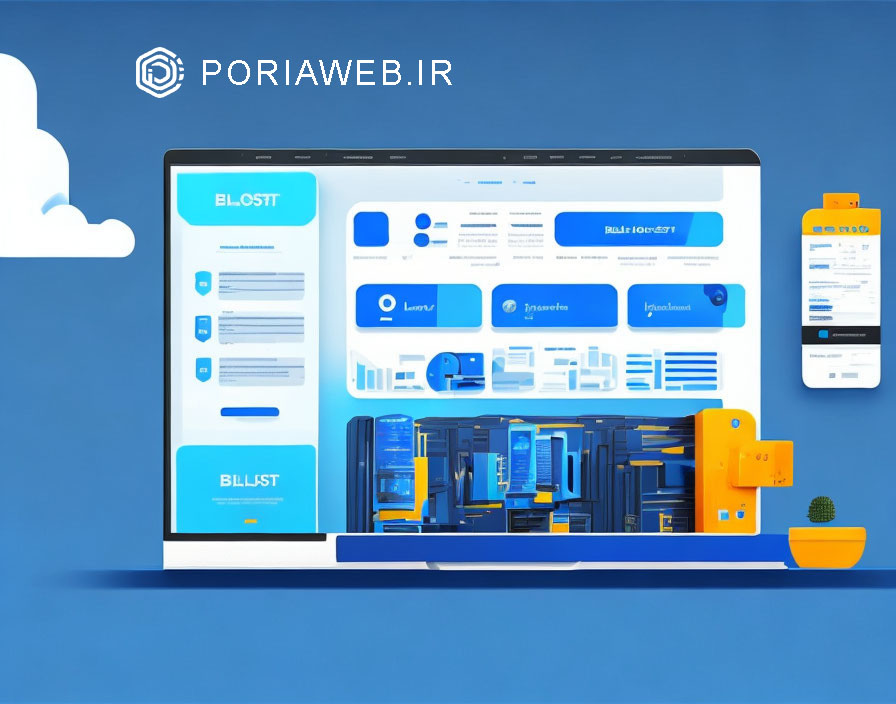
A Practical Guide to Beautiful Website Design
Introduction :
In the digital age, where first impressions are often formed within milliseconds, the design of your website plays a critical role in captivating visitors and keeping them engaged. A beautifully designed website not only enhances user experience but also reflects the credibility and professionalism of your brand. In this comprehensive guide, we will explore the fundamental principles of designing visually stunning websites while integrating essential SEO strategies to ensure maximum visibility and traffic.
Chapter 1: Understanding the Fundamentals of Website Design
1.1 Visual Hierarchy: Organizing Elements for Impact
1.2 Color Psychology: Harnessing the Power of Color
1.3 Typography: Choosing Fonts for Readability and Aesthetics
1.4 White Space: The Importance of Breathing Room
1.5 Consistency and Simplicity: Creating a Cohesive User Experience
Chapter 2 : Responsive Design and Mobile Optimization
2.1 The Rise of Mobile Browsing: Adapting to the Shift
2.2 Fluid Grids and Flexible Images: Designing for All Devices
2.3 Touch-Friendly Navigation: Enhancing Usability on Mobile
2.4 Page Speed Optimization: Ensuring Quick Load Times
Chapter 3 : Crafting Engaging User Interface
3.1 Intuitive Navigation: Guiding Users Seamlessly
3.2 Interactive Elements: Encouraging User Engagement
3.3 Visual Storytelling: Communicating Through Images and Videos
3.4 Microinteractions: Adding Delightful Details
3.5 Accessibility: Designing for All Users
Chapter 4 : Optimizing for Search Engines (SEO)
4.1 Keyword Research: Identifying Relevant Keywords
4.2 On-Page Optimization: Optimizing Content and Metadata
4.3 Image Optimization: Enhancing Visual Content for SEO
4.4 Mobile Optimization: Prioritizing Mobile-Friendly Design
4.5 Site Structure and Navigation: Improving Crawlability
Chapter 5 : Measuring Success and Iterating
5.1 Analytics and Tracking: Monitoring User Behavior
5.2 A/B Testing: Experimenting for Optimization
5.3 User Feedback: Gathering Insights for Improvement
5.4 Continuous Iteration: Evolving with Changing Trends
Conclusion :
Designing a beautiful website that not only captivates users but also ranks well on search engines requires a balance of creativity, technical prowess, and strategic thinking. By following the principles outlined in this guide and incorporating SEO best practices, you can create a visually stunning and highly functional website that stands out in the digital landscape. Remember, great design is not just about aesthetics; it's about creating meaningful experiences that resonate with your audience and drive results.
Blog author : Pouria Mostafazadeh









